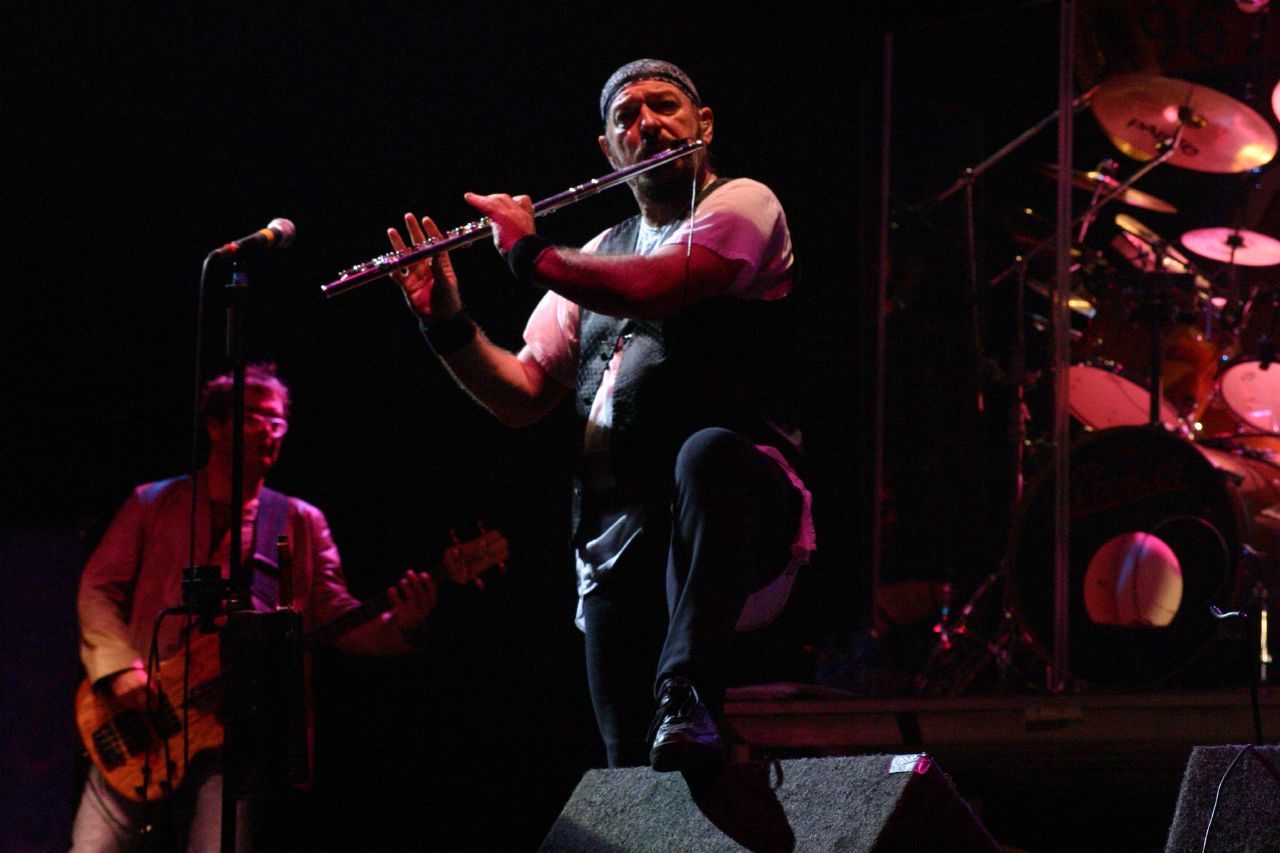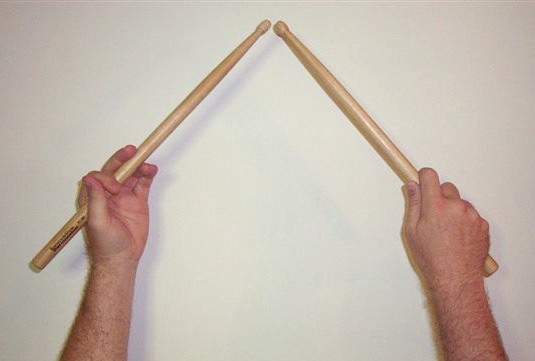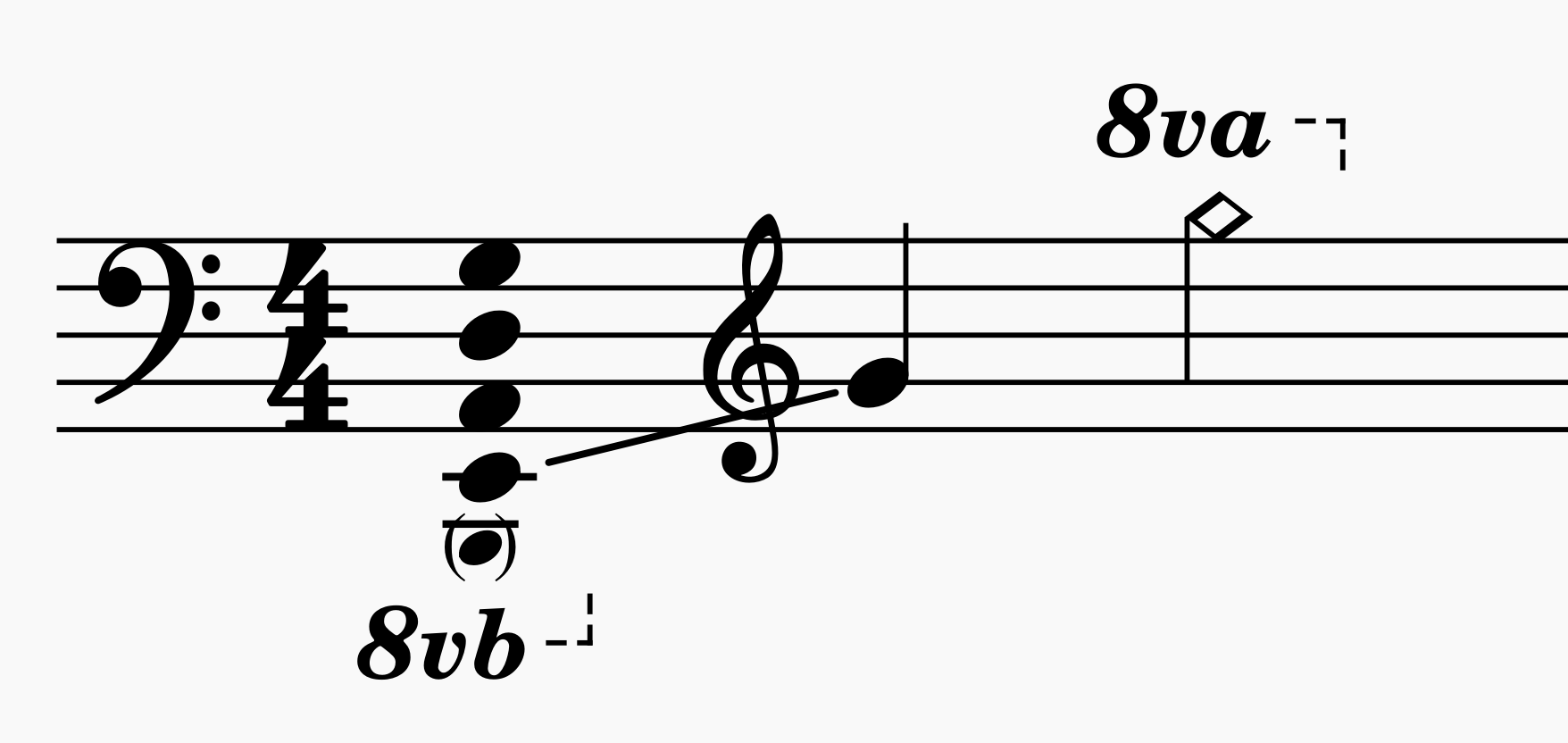|
Sunshine Day
"Sunshine Day" is a song recorded by British progressive rock group Jethro Tull and released as the A-side of the group's debut single. It was recorded on 6-7 January 1968 at CBS Studios in London, and the single released on 16 February 1968 by MGM Records, in the UK only. The B-side, "Aeroplane", was recorded on 22 October 1967 at EMI Studios, London, under the artist name "John Evan Band". Both tracks were produced by Derek Lawrence, who is also credited with purposely designating the band as ''Jethro Toe''. Apparently, he did not like the name "Jethro Tull". "Sunshine Day" was written by Mick Abrahams, who joined the band in late 1967. The composers of "Aeroplane" were Ian Anderson and "Len Barnard", the latter a pseudonym for Tull bass player Glenn Cornick (born Glenn Douglas Barnard Cornick). The release sold close to one hundred copies, mostly to friends and relatives. Jethro Tull would begin recording their first album, ''This Was'', in June 1968. Personnel ;Jethro Tul ... [...More Info...] [...Related Items...] OR: [Wikipedia] [Google] [Baidu] |
Jethro Tull (band)
Jethro Tull are a British rock band formed in Blackpool, England, in 1967. Initially playing blues rock and jazz fusion, the band soon incorporated elements of English folk, hard rock, and classical music, forging a signature progressive rock sound. The group’s bandleader, founder, primary composer, and only constant member is Ian Anderson, a multi-instrumentalist who mainly plays flute and acoustic guitar, and is also the lead vocalist. The group has featured a revolving door of musicians throughout the decades, including significant contributors such as electric guitarist Martin Barre (the longest serving member besides Anderson), keyboardists John Evan, Dee Palmer, Peter-John Vettese, and Andrew Giddings, drummers Clive Bunker, Barrie "Barriemore" Barlow, and Doane Perry, and bassists Glenn Cornick, Jeffrey Hammond, John Glascock, Dave Pegg, and Jonathan Noyce. After achieving moderate recognition performing in the London club scene, the band released the ... [...More Info...] [...Related Items...] OR: [Wikipedia] [Google] [Baidu] |
This Was
''This Was'' is the debut studio album by the British rock band Jethro Tull, released in October 1968. Recorded at a cost of £1200, it is the only Jethro Tull album with guitarist Mick Abrahams, who was a major influence for the sound and music style of the band's first songs. When the album was released the band was already performing at the Marquee Club in London, where other successful British groups, such as the Rolling Stones and the Who, had started their careers. Music While vocalist Ian Anderson's creative vision largely shaped Jethro Tull's later albums, on ''This Was'' Anderson shared songwriting duties with Tull's guitarist Mick Abrahams. In part due to Abrahams' influence, the album incorporates more rhythm and blues and jazz influences than the progressive rock the band later became known for. In particular: ''This Was'' also contains the only Jethro Tull lead vocal not performed by Ian Anderson on a studio album, in "Move on Alone". Mick Abrahams, the so ... [...More Info...] [...Related Items...] OR: [Wikipedia] [Google] [Baidu] |
Jethro Tull (band) Songs , a British rock group named after the agriculturist
{{disambig ...
Jethro Tull may refer to: *Jethro Tull (agriculturist) (1674–1741), English agriculturist, often credited with inventing the seed drill *Jethro Tull (band) Jethro Tull are a British rock band formed in Blackpool, England, in 1967. Initially playing blues rock and jazz fusion, the band soon incorporated elements of English folk, hard rock, and classical music, forging a signature progressive ... [...More Info...] [...Related Items...] OR: [Wikipedia] [Google] [Baidu] |
1968 Debut Singles
The year was highlighted by protests and other unrests that occurred worldwide. Events January–February * January 5 – "Prague Spring": Alexander Dubček is chosen as leader of the Communist Party of Czechoslovakia. * January 10 – John Gorton is sworn in as 19th Prime Minister of Australia, taking over from John McEwen after being elected leader of the Liberal Party the previous day, following the disappearance of Harold Holt. Gorton becomes the only Senator to become Prime Minister, though he immediately transfers to the House of Representatives through the 1968 Higgins by-election in Holt's vacant seat. * January 15 – The 1968 Belice earthquake in Sicily kills 380 and injures around 1,000. * January 21 ** Vietnam War: Battle of Khe Sanh – One of the most publicized and controversial battles of the war begins, ending on April 8. ** 1968 Thule Air Base B-52 crash: A U.S. B-52 Stratofortress crashes in Greenland, discharging 4 nuclear bombs. * Ja ... [...More Info...] [...Related Items...] OR: [Wikipedia] [Google] [Baidu] |
20 Years Of Jethro Tull
''20 Years of Jethro Tull'' is a 1988 boxed set which spans the first twenty years of Jethro Tull. It was issued as five LPs: ''Radio Archives'', ''Rare Tracks'', ''Flawed Gems'', ''Other Sides of Tull'', and ''The Essential Tull''. It was simultaneously released as both a 3CD and a 3-cassette set, titled ''20 Years of Jethro Tull: The Definitive Collection''. All three versions were housed in a 12x12inch cardboard-box, with 24-page booklet, the CD and cassette versions having a black plastic tray. A single CD sampler and a double LP album were also created, titled '' 20 Years of Jethro Tull: Highlights''. Release details *(UK) 27 June 1988 *(US) 21 June 1988 CD track listing The track numbers shown below are for the three-CD ''Definitive Edition''. All songs written by Ian Anderson unless noted. Disc one ''Radio Archives and Rare Tracks'' Disc two ''Flawed Gems and Other Sides of Tull'' Disc three ''The Essential Tull'' LP Track listing The track numbers shown belo ... [...More Info...] [...Related Items...] OR: [Wikipedia] [Google] [Baidu] |
Drum Kit
A drum kit (also called a drum set, trap set, or simply drums) is a collection of drums, cymbals, and other auxiliary percussion instruments set up to be played by one person. The player (drummer) typically holds a pair of matching drumsticks, one in each hand, and uses their feet to operate a foot-controlled hi-hat and bass drum pedal. A standard kit may contain: * A snare drum, mounted on a stand * A bass drum, played with a beater moved by a foot-operated pedal * One or more tom-toms, including rack toms and/or floor toms * One or more cymbals, including a ride cymbal and crash cymbal * Hi-hat cymbals, a pair of cymbals that can be manipulated by a foot-operated pedal The drum kit is a part of the standard rhythm section and is used in many types of popular and traditional music styles, ranging from rock and pop to blues and jazz. __TOC__ History Early development Before the development of the drum set, drums and cymbals used in military and orchestral mu ... [...More Info...] [...Related Items...] OR: [Wikipedia] [Google] [Baidu] |
Clive Bunker
Clive William Bunker (born 30 December 1946) is a British drummer. Bunker is best known as the original drummer of the rock band Jethro Tull, playing in the band from 1967 until 1971. Never a self-professed technical drummer, Bunker engaged with the essence of blues and rock and roll, influenced by Ginger Baker and Mitch Mitchell. He was also inspired by Buddy Rich and The Hollies' Bobby Elliott. Early career Bunker was born in Luton, Bedfordshire, and played in his first band The Warriors in the 1960s. With Mick Abrahams he later formed the band known as McGregor's Engine. In this early career, playing in small venues, Bunker had an extraordinary non-matching drum kit, composed of bits and pieces of various manufacturers’ equipment. Jethro Tull Between 1967 and 1971 he drummed for Jethro Tull. But he left after the band released its most popular album to that date, '' Aqualung'', to get married and spend more time with his new wife. He was replaced by Barriemore Bar ... [...More Info...] [...Related Items...] OR: [Wikipedia] [Google] [Baidu] |
Guitar
The guitar is a fretted musical instrument that typically has six strings. It is usually held flat against the player's body and played by strumming or plucking the strings with the dominant hand, while simultaneously pressing selected strings against frets with the fingers of the opposite hand. A plectrum or individual finger picks may also be used to strike the strings. The sound of the guitar is projected either acoustically, by means of a resonant chamber on the instrument, or amplified by an electronic pickup and an amplifier. The guitar is classified as a chordophone – meaning the sound is produced by a vibrating string stretched between two fixed points. Historically, a guitar was constructed from wood with its strings made of catgut. Steel guitar strings were introduced near the end of the nineteenth century in the United States; nylon strings came in the 1940s. The guitar's ancestors include the gittern, the vihuela, the four-course Renaissance guitar, an ... [...More Info...] [...Related Items...] OR: [Wikipedia] [Google] [Baidu] |
Bass Guitar
The bass guitar, electric bass or simply bass (), is the lowest-pitched member of the string family. It is a plucked string instrument similar in appearance and construction to an electric or an acoustic guitar, but with a longer neck and scale length, and typically four to six strings or courses. Since the mid-1950s, the bass guitar has largely replaced the double bass in popular music. The four-string bass is usually tuned the same as the double bass, which corresponds to pitches one octave lower than the four lowest-pitched strings of a guitar (typically E, A, D, and G). It is played primarily with the fingers or thumb, or with a pick. To be heard at normal performance volumes, electric basses require external amplification. Terminology According to the ''New Grove Dictionary of Music and Musicians'', an "Electric bass guitar sa Guitar, usually with four heavy strings tuned E1'–A1'–D2–G2." It also defines ''bass'' as "Bass (iv). A contraction of Double bass ... [...More Info...] [...Related Items...] OR: [Wikipedia] [Google] [Baidu] |
Singing
Singing is the act of creating musical sounds with the voice. A person who sings is called a singer, artist or vocalist (in jazz and/or popular music). Singers perform music (arias, recitatives, songs, etc.) that can be sung accompaniment, with or a cappella, without accompaniment by musical instruments. Singing is often done in an ensemble (music), ensemble of musicians, such as a choir. Singers may perform as soloists or accompanied by anything from a single instrument (as in art song or some jazz styles) up to a symphony orchestra or big band. Different singing styles include art music such as opera and Chinese opera, Hindustani classical music, Indian music, Japanese music, and religious music styles such as Gospel music, gospel, traditional music styles, world music, jazz, blues, ghazal, and popular music styles such as pop music, pop, rock music, rock, and electronic dance music. Singing can be formal or informal, arranged, or improvised. It may be done as a form of reli ... [...More Info...] [...Related Items...] OR: [Wikipedia] [Google] [Baidu] |
Glenn Cornick
Glenn Douglas Barnard Cornick (23 April 1947 – 28 August 2014) was an English bass guitarist, best known as the original bassist for the British rock band Jethro Tull from 1967 to 1970. ''Rolling Stone'' has called his playing with Tull as "stout, nimble underpinning, the vital half of a blues-ribbed, jazz-fluent rhythm section". Early life and career Cornick attended Barrow-in-Furness Grammar School for Boys, and then moved to Blackpool. The first group he played with was "The Executives", a group that played versions of famous songs in clubs and pubs. Later, he joined a soul band called John Evan SmashJethro Tull Biography at Marquee Club Retrieved 14 September 2014 in which |
EMI Studios
Abbey Road Studios (formerly EMI Recording Studios) is a recording studio at 3 Abbey Road, St John's Wood, City of Westminster, London, England. It was established in November 1931 by the Gramophone Company, a predecessor of British music company EMI, which owned it until Universal Music Group (UMG) took control of part of it in 2013. It is ultimately owned by UMG subsidiary Virgin Records Limited (until 2013 by EMI Records Limited, nowadays known as Parlophone Records and owned by UMG's competitor Warner Music Group). The studio's most notable client was the Beatles, who used the studio – particularly its Studio Two room – as the venue for many of the innovative recording techniques that they adopted throughout the 1960s. In 1976, the studio was renamed from EMI in honour of their final recorded album, ''Abbey Road''. In 2009, Abbey Road came under threat of sale to property developers. In response, the British Government protected the site, granting it English Herit ... [...More Info...] [...Related Items...] OR: [Wikipedia] [Google] [Baidu] |




.jpg)
